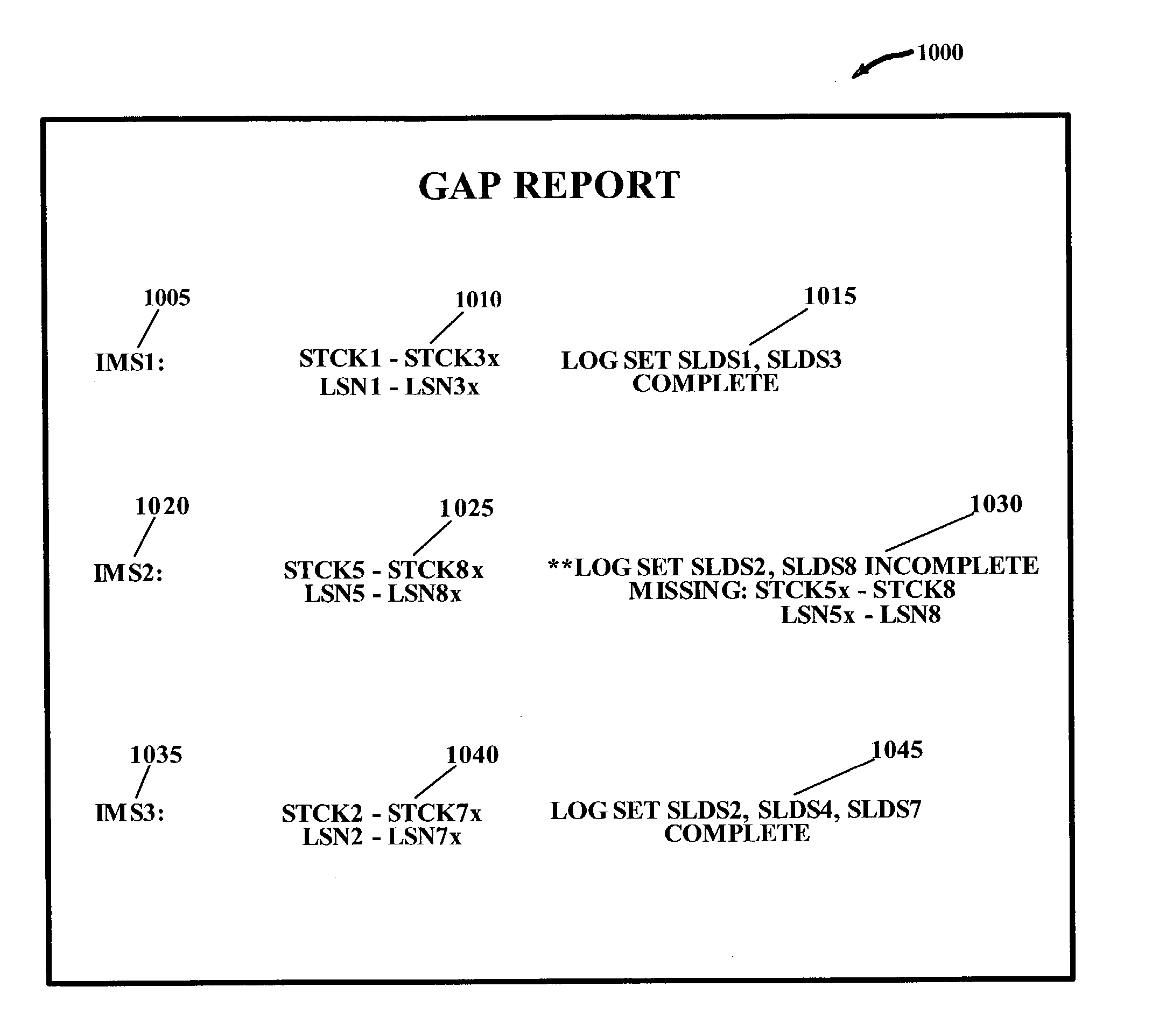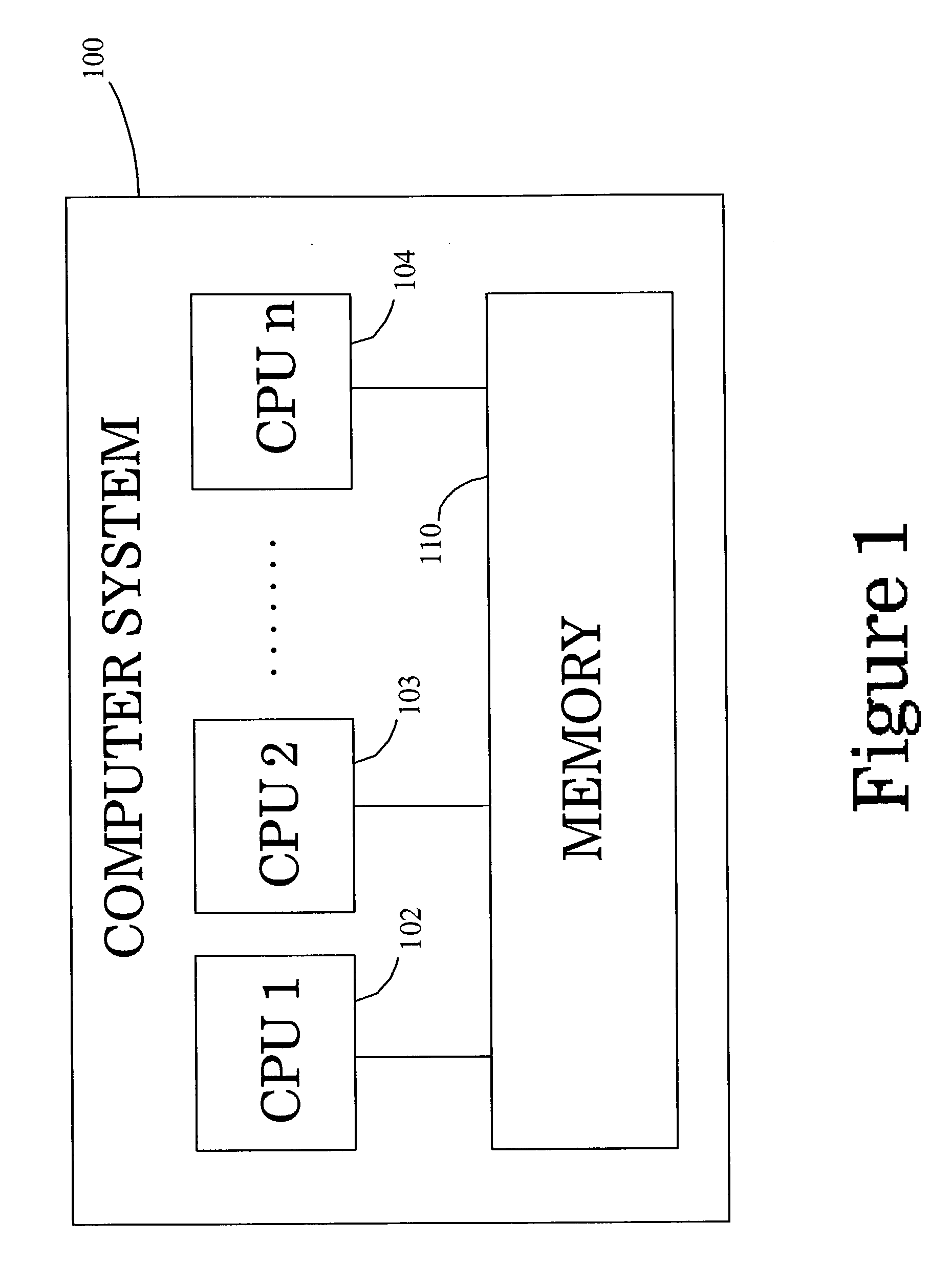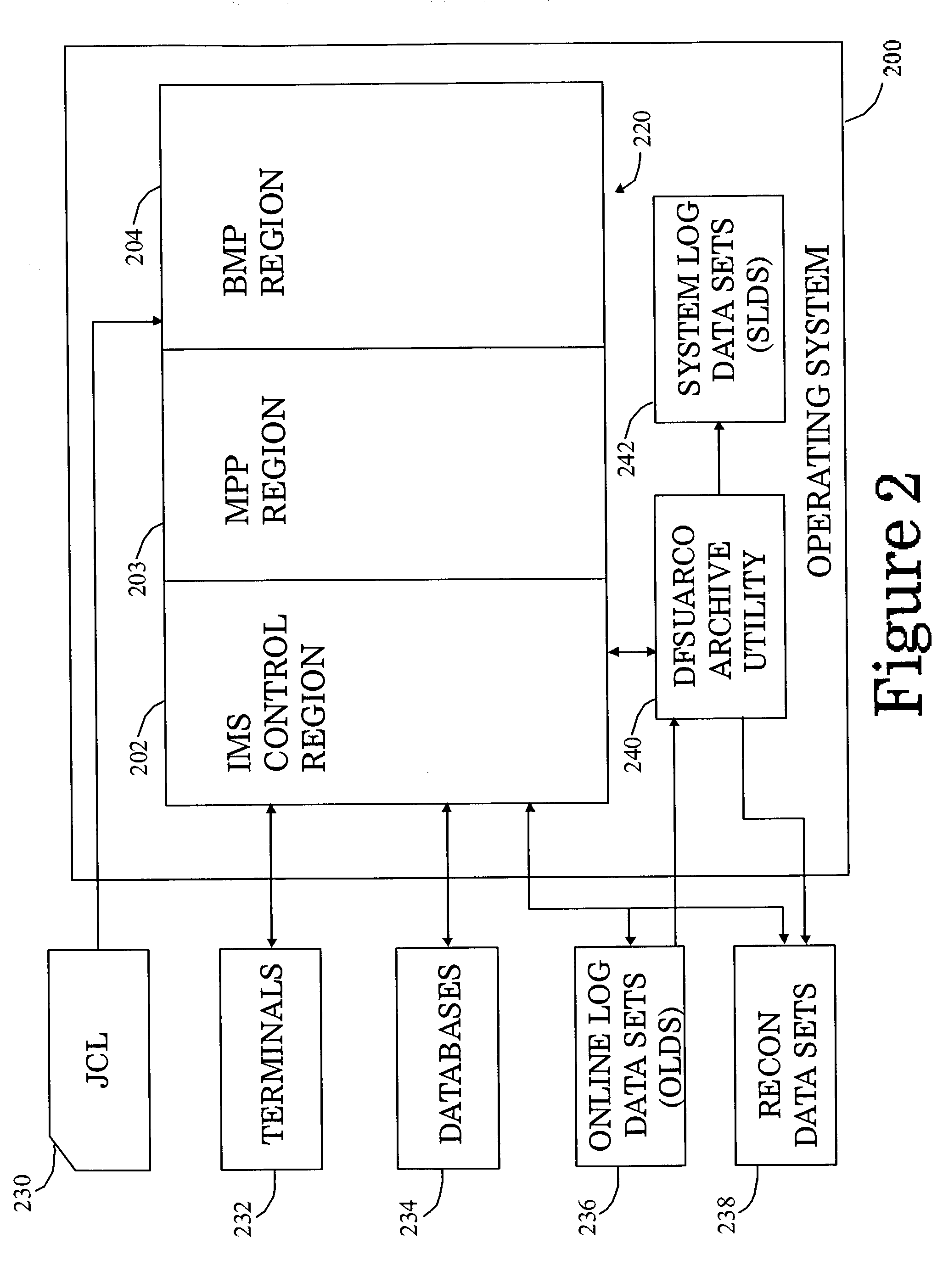Log grooming in a multi-log environment
a multi-log environment and log grooming technology, applied in the field of processing of ims (information management system) logs, can solve the problems of manual analysis, manual analysis may be further exasperated, and difficult meaning translation for human readers, so as to reduce the possibility and reduce the amount of manual effort.
- Summary
- Abstract
- Description
- Claims
- Application Information
AI Technical Summary
Benefits of technology
Problems solved by technology
Method used
Image
Examples
Embodiment Construction
[0033]The present invention overcomes the problems associated with the prior art by teaching a system, computer program product, and method to assist system administrators and other support personnel in the grooming of logs in a multi-log environment. A set of logs is considered to be “groomed” when they are organized by system, and within each system are properly time-sequenced. This grooming process will identify any missing logs, along with the associated time gap, as well as superfluous logs representing a time sequence outside the scope of interest. This grooming process prepares the set of logs for subsequent processing and analysis, which is typically focused on a predetermined period of time.
[0034]In order for a plurality of logs to contribute to productive analysis, it is typically a requirement to have no intervening time gaps between individual log files comprising the set of log files to be analyzed for a given IMS subsystem. Although the logs are generally created at on...
PUM
 Login to View More
Login to View More Abstract
Description
Claims
Application Information
 Login to View More
Login to View More - R&D
- Intellectual Property
- Life Sciences
- Materials
- Tech Scout
- Unparalleled Data Quality
- Higher Quality Content
- 60% Fewer Hallucinations
Browse by: Latest US Patents, China's latest patents, Technical Efficacy Thesaurus, Application Domain, Technology Topic, Popular Technical Reports.
© 2025 PatSnap. All rights reserved.Legal|Privacy policy|Modern Slavery Act Transparency Statement|Sitemap|About US| Contact US: help@patsnap.com



